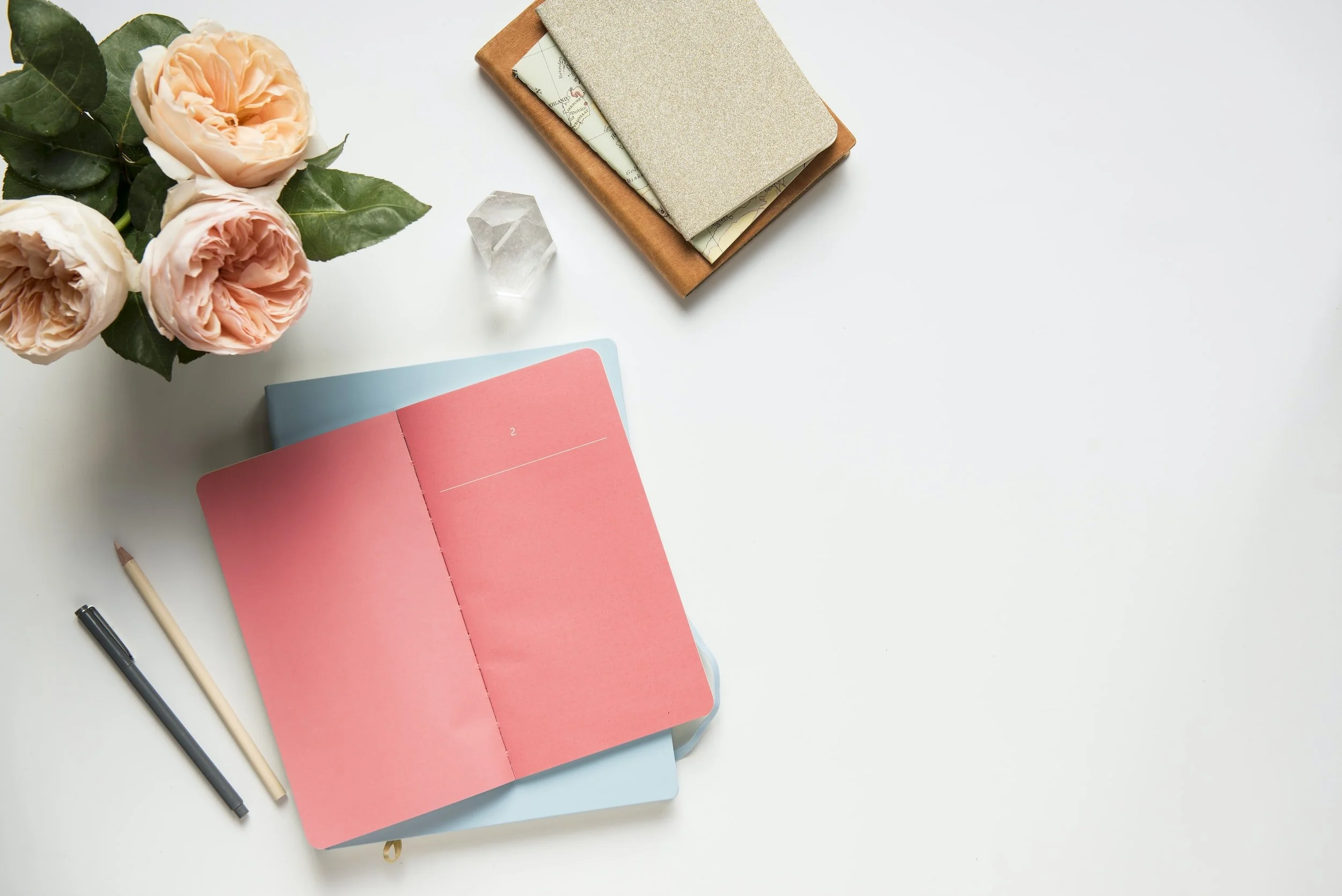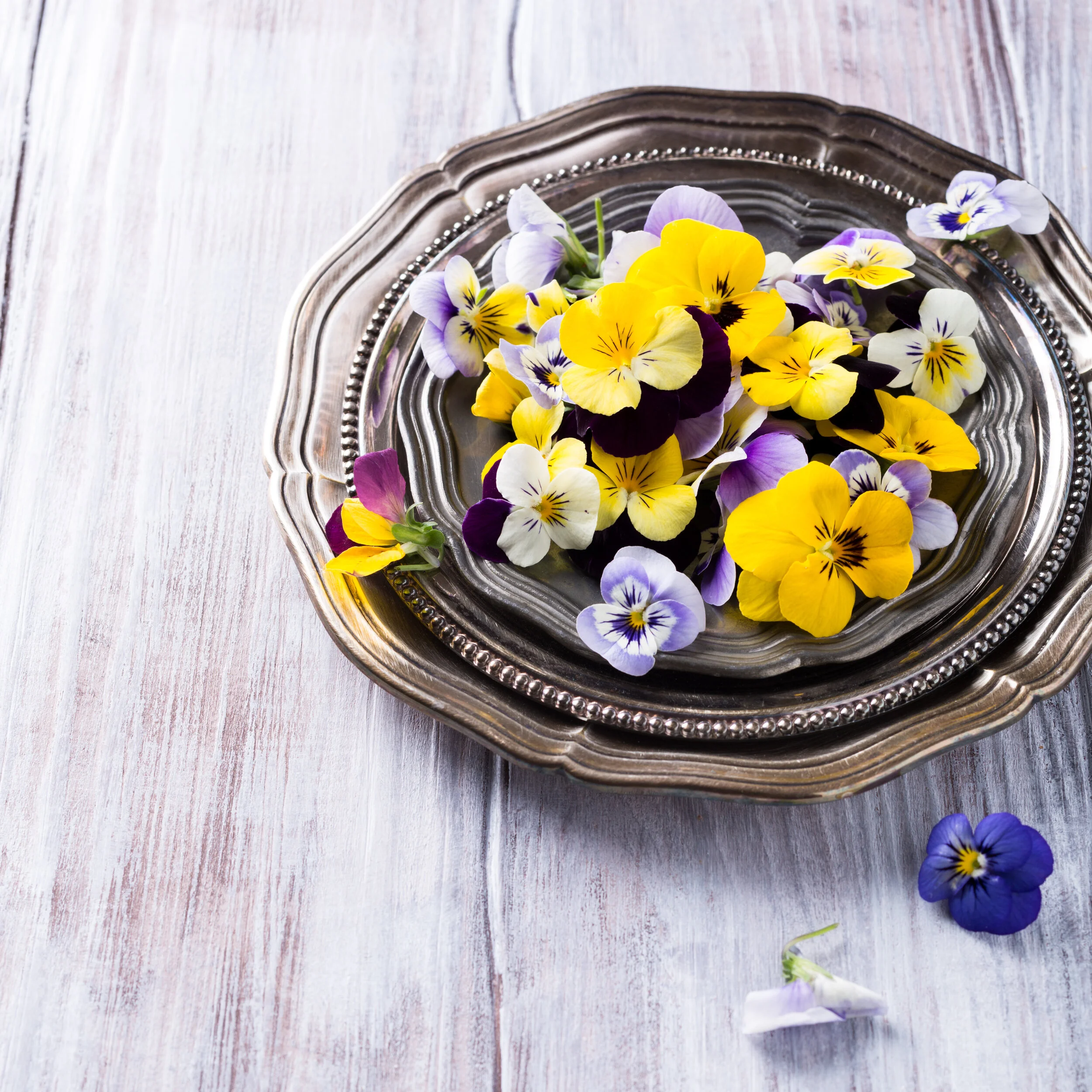Five Flowers That Express Surprising Sentiments
Using flowers to express yourself is the language of flowers, or floriography.
It’s well known that a red rose symbolises love, but what’s not as well-known is that most flowers have a sentiment they convey. You may be surprised to learn
Using flowers to express yourself is the language of flowers, or floriography.
It’s well known that a red rose symbolises love, but what’s not as well-known is that most flowers have a sentiment they convey. You may be surprised to learn what some of those expressions are.
If you know someone who is going through a sorrowful or tough time you could say “My thoughts are with you”, by giving them a bunch of calendula. These cheerful looking orange or yellow flowers are certain to brighten any room.
After having a wonderful visit with someone, nothing could be better than giving them a bouquet of delicate and fragrant sweet peas to say “Thank you for a lovely time.”
This next one has to be one of my favourite sentiments a flower has - “There is sunshine in your smile.” Which flower expresses that? The yellow tulip.
A unique way to thank someone for their support would be to give them a petunia plant. It expresses the sentiment “Your presence soothes me”.
And to round up my top five is the pansy, which simply says “I’m thinking of you”.
If learning about how these flowers can express your sentiments has caught your interest, stay tuned as I’ll be sharing more about how to communicate with the language of flowers through the upcoming months. To not miss out on anything, just pop your email address into the ‘subscribe’ box on my home page, or email me directly. As always, if you have any questions or comments, please don’t hesitate to reach out.
Have Your Own Readily Available Source Of Fresh Edible Flowers
There’s nothing like the addition of fresh flowers to your cooking or baking to take it from something ordinary to something extraordinary. A sprinkling of colourful petals on a salad suddenly makes it look gourmet, and a few carefully placed blooms on a cake makes …
There’s nothing like the addition of fresh flowers to your cooking or baking to take it from something ordinary to something extraordinary. A sprinkling of colourful petals on a salad suddenly makes it look gourmet, and a few carefully placed blooms on a cake makes it look like a professional decorated it. The problem is, (at least where I live), fresh edible flowers are not readily available.
However, there is a simple solution - grow your own. I have done very little gardening in my life, but the thought of having a readily available source of edible flowers has spurred me on to learn how to grow them.
There is an almost overwhelming amount of information out there about growing edible flowers. It’s a lot to sift through, but in the end, I narrowed it all down to three easy to grow choices. Here’s what I’ve learned about them:
Nasturtiums:
Nasturtiums became my first pick as soon as I read the words ‘Very easy to grow, they thrive on neglect’. (Not that I would ever be neglectful, but it makes it sound like a pretty fool-proof flower to grow!)
About growing:
Grows quickly from seeds or can be bought as bedding plants;
Grows well in containers;
Prefers full sun, but if in a really hot area can tolerate afternoon shade;
Consistent moisture, but not damp is best;
Do not fertilize as it will cause more leaves than flowers to grow.
About eating:
Peppery, spicy flavour (cross between a radish and watercress);
Full of vitamins A, C, and D;
All parts are edible (petals, leaves, seeds);
Come in reds, oranges and yellows;
Used in dishes whole, or torn into pieces.
Calendula:
Calendula is a summertime favourite with gardeners.
About growing:
Easy to grow from seed right in the garden;
Regular watering is preferred, but they can tolerate drier conditions;
Plant in nourishing soil - no extra fertilizing needed;
Dead-head plants and they will continue to bloom from early summer to late fall.
About eating:
Flavour can be spicy, bitter, tangy, or peppery;
Comes in various shades of yellow and orange;
Adds a yellow tint to food;
Pull the petals off the centre of the bloom to use in salads, or to decorate baking;
Dried calendula can be made into a tea, or added to soups or stews to calm an upset stomach.
Lavender:
While very popular as an ingredient in beauty products, lavender is also edible.
About growing:
Grow in a well-drained area, a raised bed, or in containers;
Prefers full sun;
Very little watering required (most people over-water);
No fertilizer is necessary
Harvest lavender when the first few flowers are opening on each stem.
About eating:
Can be used fresh or dried;
Distinctive floral taste mixed with a hint of rosemary and mint;
A little goes a long way - use sparingly;
Use to make tea, infuse sugar or honey, make herbed butter, or decorate sweet treats.
These are the first three edible flowers I’m going to try and grow as they all seem very forgiving to beginner gardeners. But remember - these flowers are for eating so make sure to grow them organically. For other important safety tips when consuming edible flowers read my post ‘Top 3 Rules for Using Edible Flowers’.
If you have any tips or advice to give a beginner gardener about growing flowers please put them in the comments below. They would be much appreciated.
PS - A little something I thought I’d share with you. I live in an apartment, so I was imagining I would need to grow flowers in pots out on the balcony. But, two days after I’d made the decision to try growing edible flowers, one of those weird coincidences in life occurred. I was out for my morning walk in the neighbourhood and I passed a place with a sign saying there were a few community garden plots available and if interested to apply. So I did - and I was accepted to be allocated one of the plots this year! So now I will have my own little patch of soil to work in. Thank you Pacific Spirit Community Garden!
Three Edible Flowers
Many flowers are edible. Using them in your baking, cooking, and beverages will add a layer of complexity and delight to your culinary creations making them uniquely tasty and beautiful.
Before you begin to experiment with edible flowers, take the time to learn which…
Many flowers are edible. Using them in your baking, cooking, and beverages will add a layer of complexity and delight to your culinary creations making them uniquely tasty and beautiful.
Before you begin to experiment with edible flowers, take the time to learn which are safe to use and which aren’t. I’ve listed my ‘top 3 rules for edible flowers here’, but as always, let common sense rule – if in doubt, don’t consume!
Over the years I’ve compiled a list of my favourite edible flowers. Today I’m going to introduce you to three of them. All three can be grown in home gardens or planters during the summer time (at least where I live in Vancouver), and they can all be used either fresh or dried.
1 – Nasturtium: One of the most popular edible flowers is the nasturtium. All parts except the seed are edible and have a peppery taste similar to a radish. But it’s the bloom that really makes a dish pop. When you use it whole it adds a brilliant dash of colour to your dish.
2 – Borage: Borage is a dainty little star-shaped flower that most often comes in blue. It has a cooling, cucumber-like taste and makes the prettiest garnish for salads, cheese plates, sweet treats, and summer drinks.
3 -Calendula: Calendulas have a subtle flavour that ranges from peppery to bitter making them a great addition to soups and salads. They’ve adopted the nick-name ‘poor man’s saffron’, because their bright yellow, gold, or orange petals are so intense they can be used to tint custards, eggs and rice dishes.
There’s a lot to learn about edible flowers and how to use them, but once you start, you won’t turn back. My favourite book on the subject is Cooking with Flowers, by Miche Bacher. It’s packed full of information, recipes, and beautiful images.




